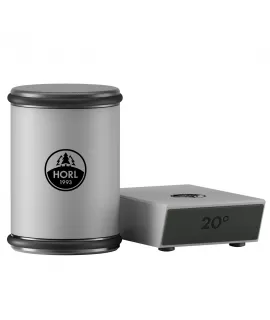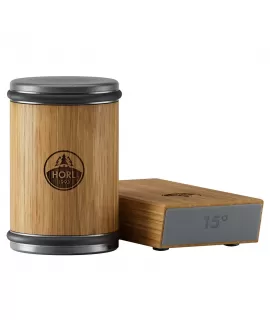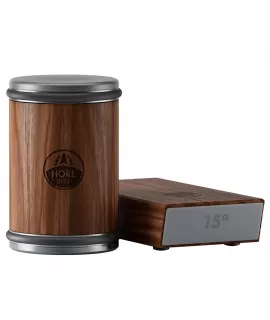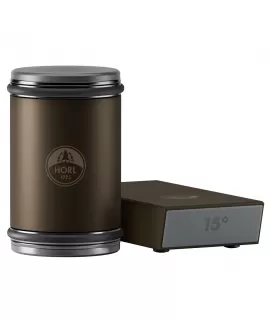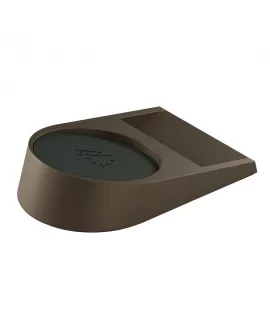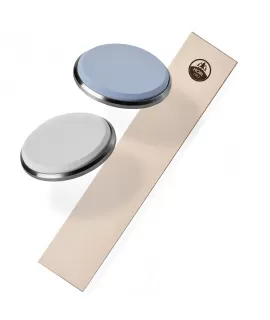HORL is the premium German brand of high-quality rolling knife sharpeners, a concept invented and developed by the Horl family that was translated into series production in the Black Forest region (Germany) starting in 2016.
• HORL® 2 Cruise is the universal sharpening tool for every kitchen and allows quick and precise sharpening of knives. Ideal for knives with everyday use. HORL® 2 Cruise includes a roller sharpener with diamond disc and stainless steel disc for dust collection and finishing. Also included in the set is a device with magnetic fixation of the knives at an angle of 20°.
• HORL® 2 is a true multi-talent that gives each type of knife a new sharpness thanks to the 20° or 15° sharpening angles that can be chosen. That is, for knives for everyday use, but also for special kitchen knives, such as Japanese knives or Damascus steel knives. HORL® 2 includes a roller sharpener with a diamond disc for sharpening and a ceramic grinding disc for finishing; both discs can be replaced with other grinding discs from the range of Horl accessories; also included in the set is a magnetic fixing device for the knives with the possibility of sharpening the knives at an angle of 15° (for robust knife blades) or 20° (20 = for delicate blades). We will return below with more information on how to choose the sharpening angle.
• HORL® 2 Pro is the most advanced rolling sharpener, of the latest generation, which is made of aluminum and stainless steel. Inside, a planetary gear ensures a transmission speed of 1:3. Compared to its brothers, HORL® 2 Pro achieves the desired clarity three times faster. HORL® 2 Pro has the same sharpening options as its brother HORL® 2 (discs, interchangeability of discs, knife holder and sharpening angles).
.jpg)
What are the differences between 15° and 20° sharpened knives?
The sharpening angle influences the sharpness of the knife and the durability of the edge. Taking into account the quality of the steel and the shape of the blade, the smaller the angle, the sharper the result will be. And in order not to get into the theory of materials science and the manufacture of knives, but on the other hand to provide you with some pointers and necessary information, we can say:
• 15° angle for fine blade knives, damascus knives, many Japanese knives or Asian kitchen knives, especially knives made of hard steels with a high carbon content; sharpening at 15° creates a thin cutting edge that offers less cutting resistance, for this reason the 15° angle is ideal for knives used for delicate cutting work, such as threading; knives that can be sharpened at 15° require careful handling to avoid chipping the blade.
• 20° angle creates a stable cutting edge, which is less sensitive and is ideal for a wide range of work in the kitchen; it provides good sharpness in a short grinding time complemented by long durability and for this reason it is recommended for European kitchen knives, knives with "softer" hard steels, stainless/rust resistant steels, knives with thick blades, knives for outdoor use.
.jpg)

-800x350.webp)
